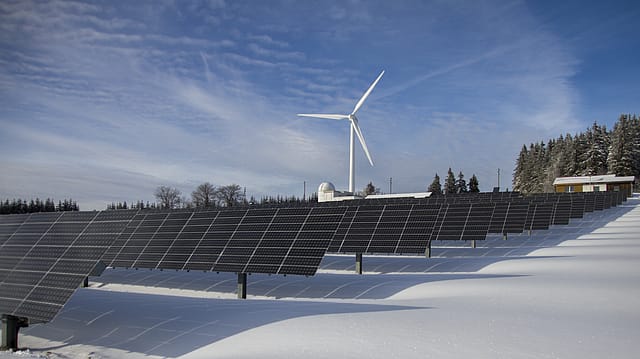Should India have its own Green New Deal?
ADVERTISEMENT

The Green New Deal being championed by U.S. Representative Alexandria Ocasio-Cortez has been a lot in the news lately. It again brings to the forefront the urgency of climate action. The 2050 deadline for limiting temperature rise to 1.5 degree celsius is fast approaching and the window of opportunity to avoid the catastrophic effects of climate change is also rapidly closing.
The U.S.’ Green New Deal aims to bring the country’s greenhouse emissions to net zero and meet 100% of its power demand through renewable, clean, or zero emission sources. However, the U.S. currently generates 80% of its energy from fossil fuels (including shale gas) and the immense proposed overhaul, through 100% switch to energy from green/clean sources, has caused a stir and created vociferous camps of advocates and detractors.
December 2025
The annual Fortune 500 India list, the definitive compendium of corporate performance, is out. This year, the cumulative revenue of the Fortune 500 India companies has breached $2 trillion for the first time. Plus, find out which are the Best B-schools in India.
Does the Green New Deal have anything for India to think about. India’s per capita power consumption is only 1/6th of western Europe and 1/3rd of China . As India grows, its per capita consumption is bound to increase (although not in the same proportion due to energy efficient technologies). India is already close to being 100% electrified. A mind boggling 250 million Indian households will be accessing electricity by early 2020. We must provide them electricity from clean and greener forms of energy. Despite having a very low level of emissions per capita India is still one of the top emitters of CO2. India’s population is almost four times that of the U.S., and it is a tropical country and has a huge coastline. Climate change can severely damage the economy and so stakes are really high for India.
The beauty of the Green New Deal is that rather than a challenge it should be seen as an opportunity which India so urgently requires. It seeks to invest in renewable power sources, energy efficient smart grids, energy efficiency of buildings, zero emission transportation and overall make the environment more liveable and hospitable. This will no doubt spur innovation in technologies, tools and processes to achieve the goals and above all generate gainful employment to the 12 million joining India’s workforce every year. The savings in healthcare from a cleaner environment can cross subsidise the deal and should be seriously evaluated.
A Green New Deal may seem unrealistic in its ambitions but a lot of strides that the world and especially India have made till today were unthinkable a few years ago. India had an initial target of 20 GW of solar by 2022 which was achieved in January 2018 itself. It is on course to achieve the revised target of 175 GW of renewable energy by 2022 of which 100 GW will be solar.
The question we should be asking is not whether India can afford a Green New Deal but can it afford not to? In fact not only India but all the top 10 polluting countries of the world should have a Green New Deal.
The author is chairman and managing director, Hero Future Energies.
